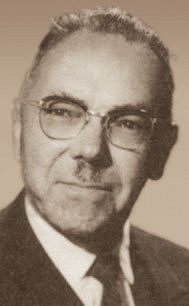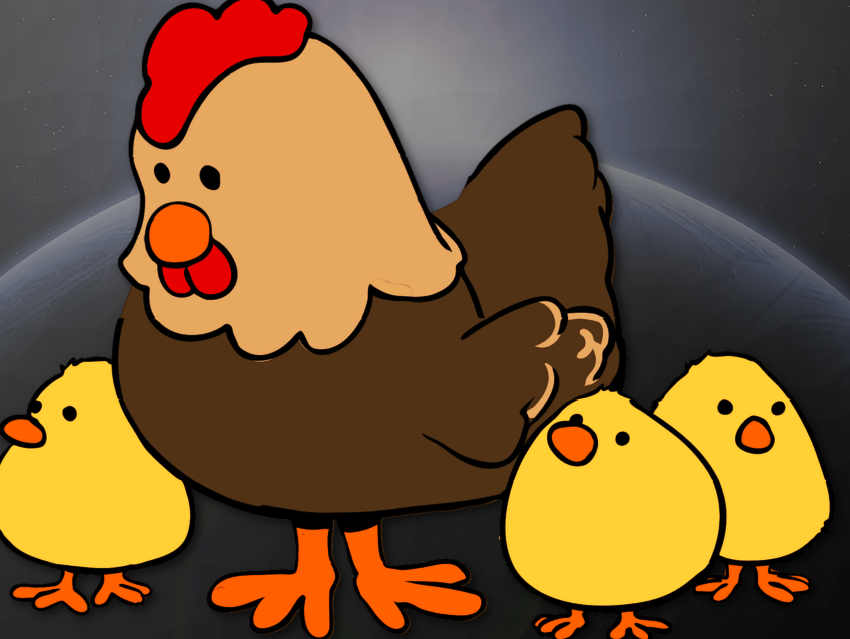Confronted with a dietary shortage of calcium, a hen no longer retains the ability to produce enough calcium carbonate for formation of normal eggshells, so shell thickness will be seen to decline.
 The French physicist C. Louis Kervran (1901–1983) determined that after feeding such a hen a diet of rolled oats rich in potassium, hard eggshells seemed once again to emerge. He attributed this to direct transformation of the element potassium into calcium.
The French physicist C. Louis Kervran (1901–1983) determined that after feeding such a hen a diet of rolled oats rich in potassium, hard eggshells seemed once again to emerge. He attributed this to direct transformation of the element potassium into calcium.
Transmutation of the elements—especially lead into gold—is something alchemists had sought (without success) over the course of centuries. Kervran was convinced he had witnessed precisely such an elemental transformation in the hen, which in this case meant in effect that there had somehow been fusion between the potassium nucleus and a hydrogen nucleus, thereby generating a calcium nucleus.
39K + 1H →40Ca
There was only one catch: Nuclear fusion (or fission) entails the need not only that charges be balanced, but that the same be true as well for mass: Indeed, to a precision of many decimal places. For the hypothetical fusion of potassium and hydrogen, the mass balance equations correspond to:
39K (38.963707) + 1H (1.007825) → 40Ca (39.962591) + Δm (0.008941)
For nuclear fusion, according to Einstein’s equation E = mc2 a loss in mass, Δm, must be compensated by an equivalent amount of energy. In producing a single eggshell with 6 g of calcium carbonate, approximately 5 x 107 kJ would be set free. This enormous amount of energy would suffice to heat the hen from room temperature up to several million degrees—or alternatively to launch her suddenly into near-earth orbit.
Kervran failed to observe either effect, however, so he was forced to postulate a novel low-energy transformation that he called “biological transmutation” or “frittage”.
Kervran presented his wild theories publically in books [1], but never in scientific journals, where referees would of necessity have critically evaluated the content prior to publication. Of course, a “Kervran effect” has never been substantiated [2], although some of his disciples did remain unwaveringly convinced of this bizarre nonsense [3].
In tribute to his fanciful research efforts, Corentin Louis Kervran was posthumously honored in 1993 with a satirical and undoubtedly richly deserved Ig®Nobel Prize [4].
References
[1] C. Louis Kervran, Biological Transmutations, translated and compiled by Michel Abehsera, Happiness Press, Magalia, CA, USA, 1989. ISBN: 0-916508-47-1
[2] L. Garlaschelli, www.luigigarlaschelli.it/Altrepubblicazioni/KERVRAN.htm
[3] www.lasarcyk.de/kervran/kervintr.htm
[4] K. Roth, Chem. Unserer Zeit 2007, 41, 118. DOI: 10.1002/ciuz.200600416
Also of Interest



